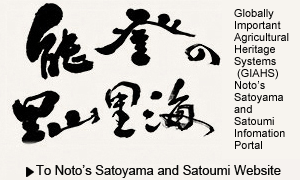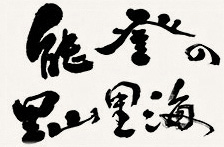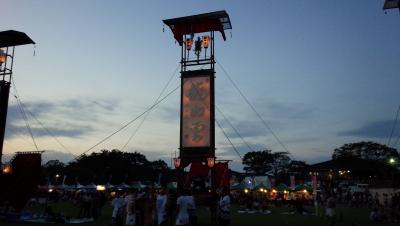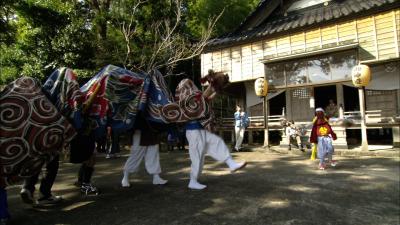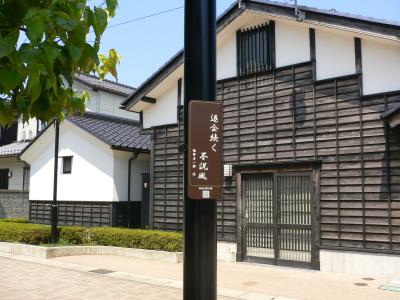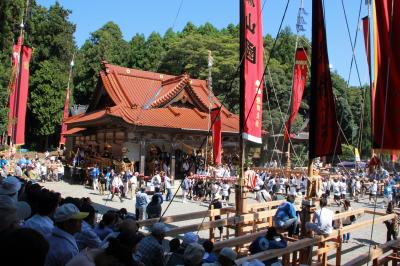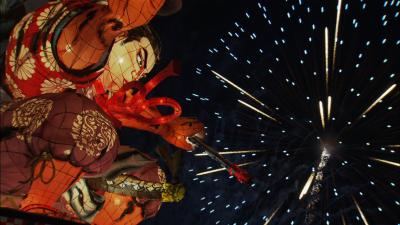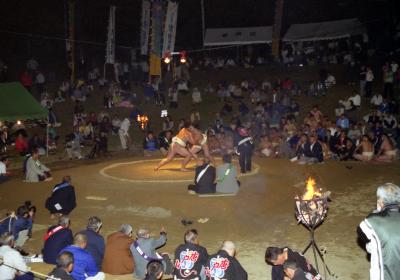
Name
Wajima Madara
Address
Kawai-machi and Fugeshi-machi, Wajima City
Category
Festival
Class
Custom
Designation
Ishikawa Prefecture Intangible Folk Cultural Asset (July 1966)
Comment
Madara is a chant that has been preserved for generations. It features a dynamic singing method of prolonging the vowels in a chant consisting of series of seven, seven, seven and five syllables. Wajima Port was one of the ten largest ports in Japan at end of the Muromachi period (1336-1573), and flourished as a port for Kitamae ships from the end of the Edo period (1603~1868) to the end of the Meiji period (1868~1912). Information and cultural activities such as Madara were brought to Wajima from many places through marine transportation. Originally, Madara was chanted by fishermen and sailors of Kitamae ships as a ceremonious chant to celebrate the first sail of the year in January. Later, people began to chant Madara to celebrate weddings and the completion of houses. There is another type of chant called “Wajimazaki Madara Anori”. “Anori” means “safe voyage”. These chants have been designated as Intangible Folk Cultural Assets by Ishikawa Prefecture.
Views
Access number:15349

